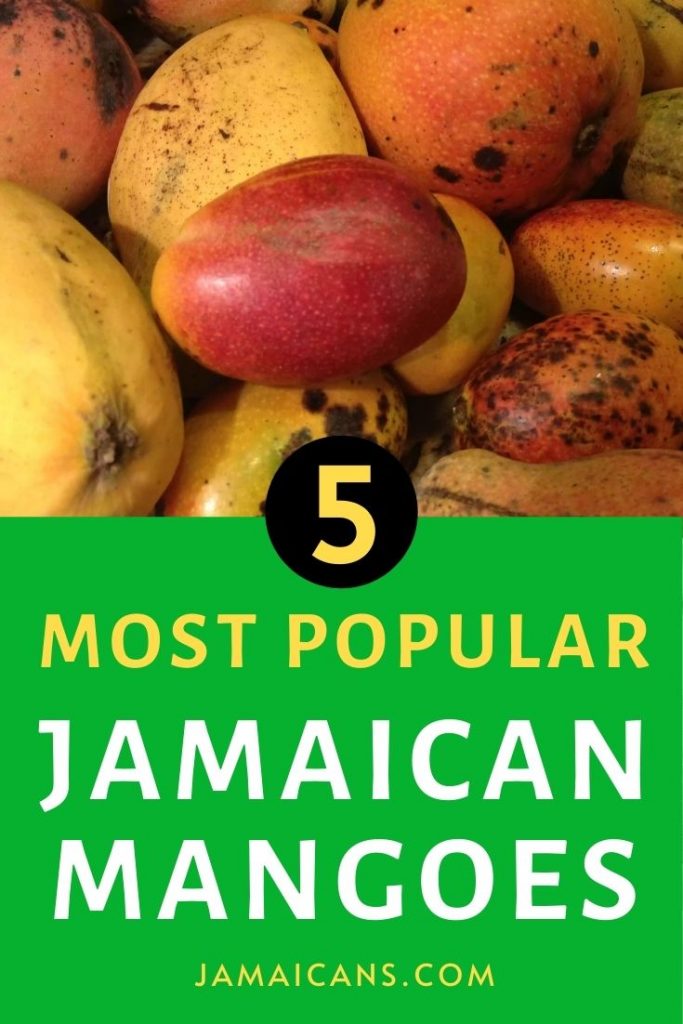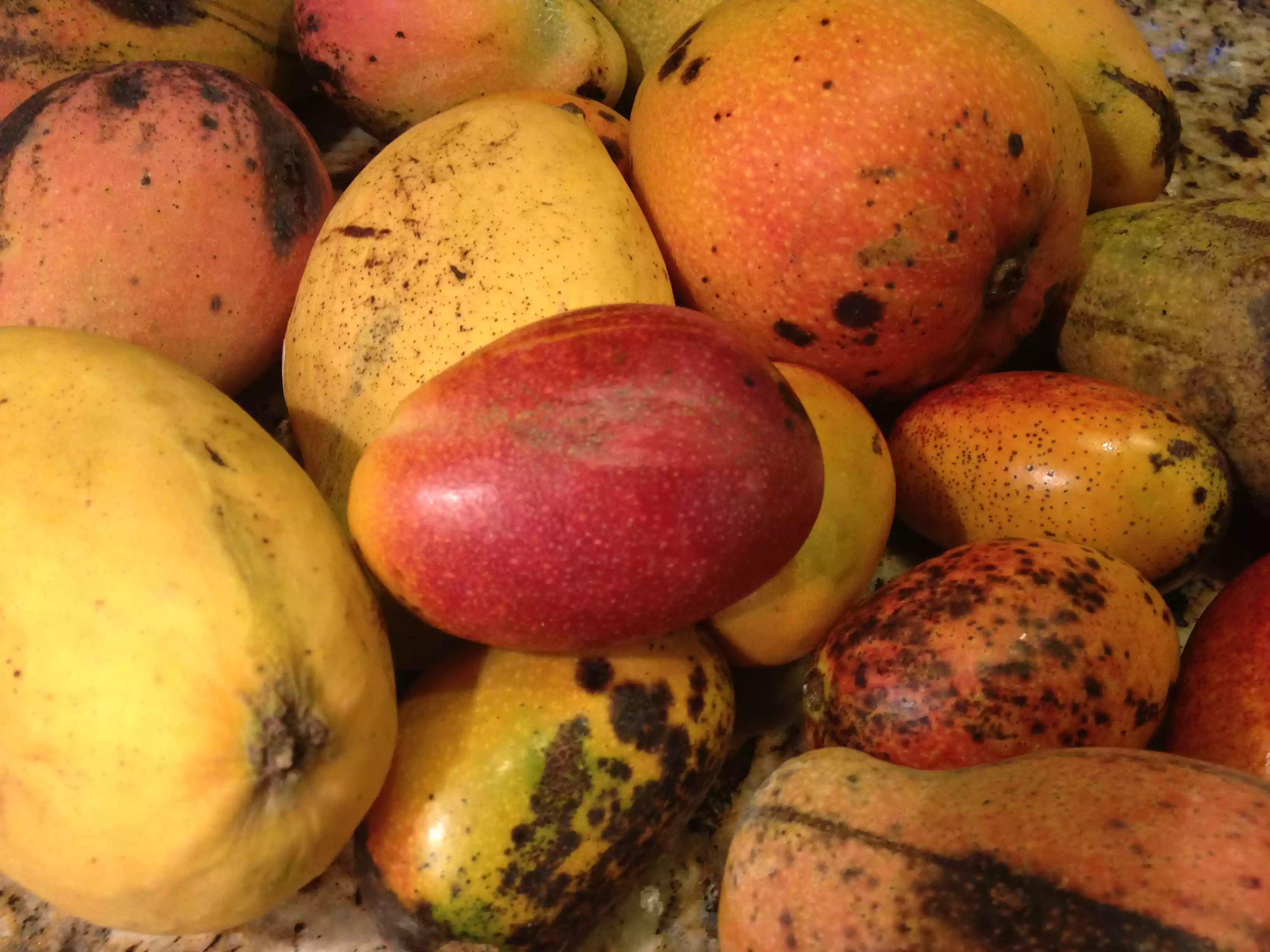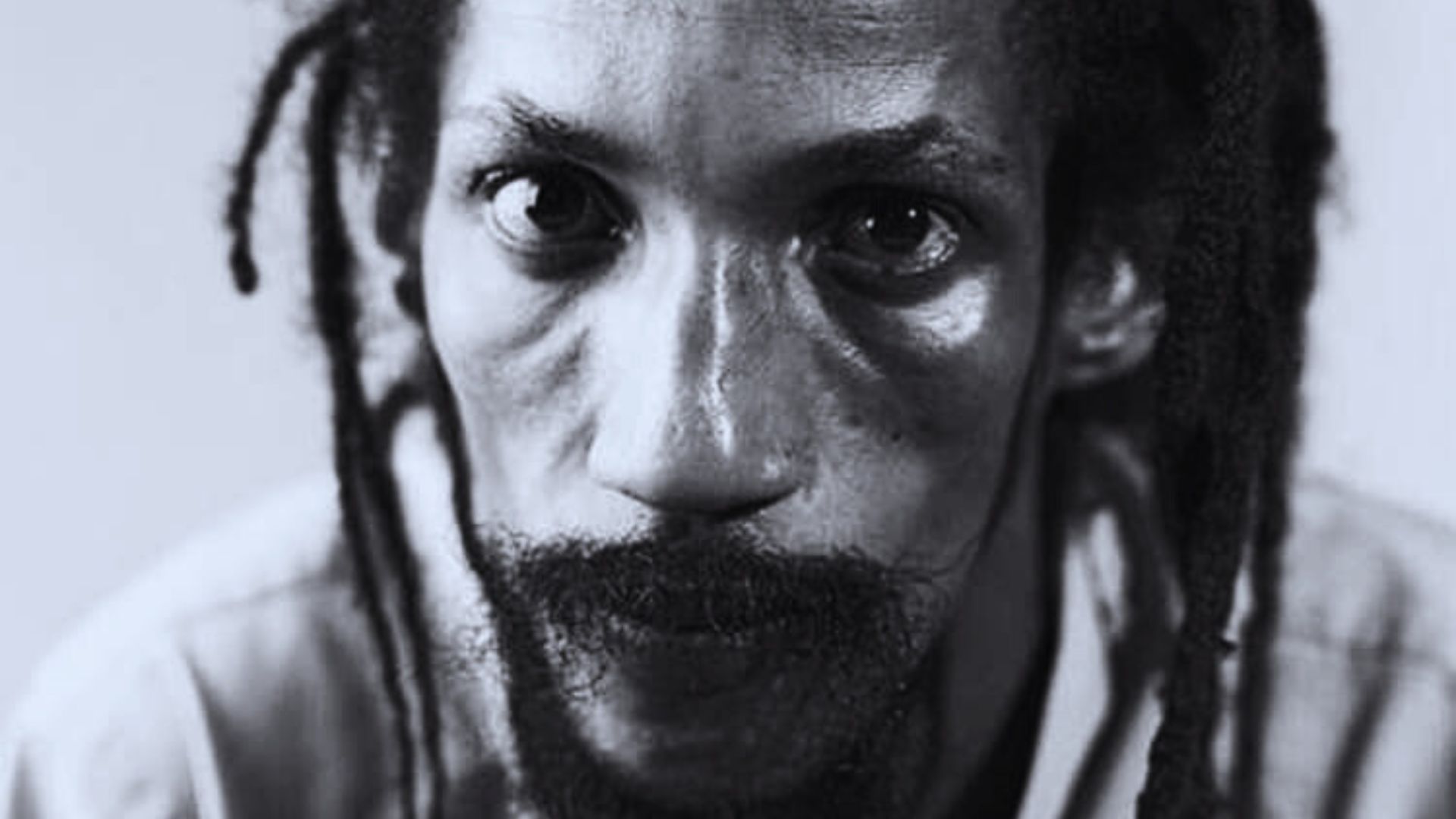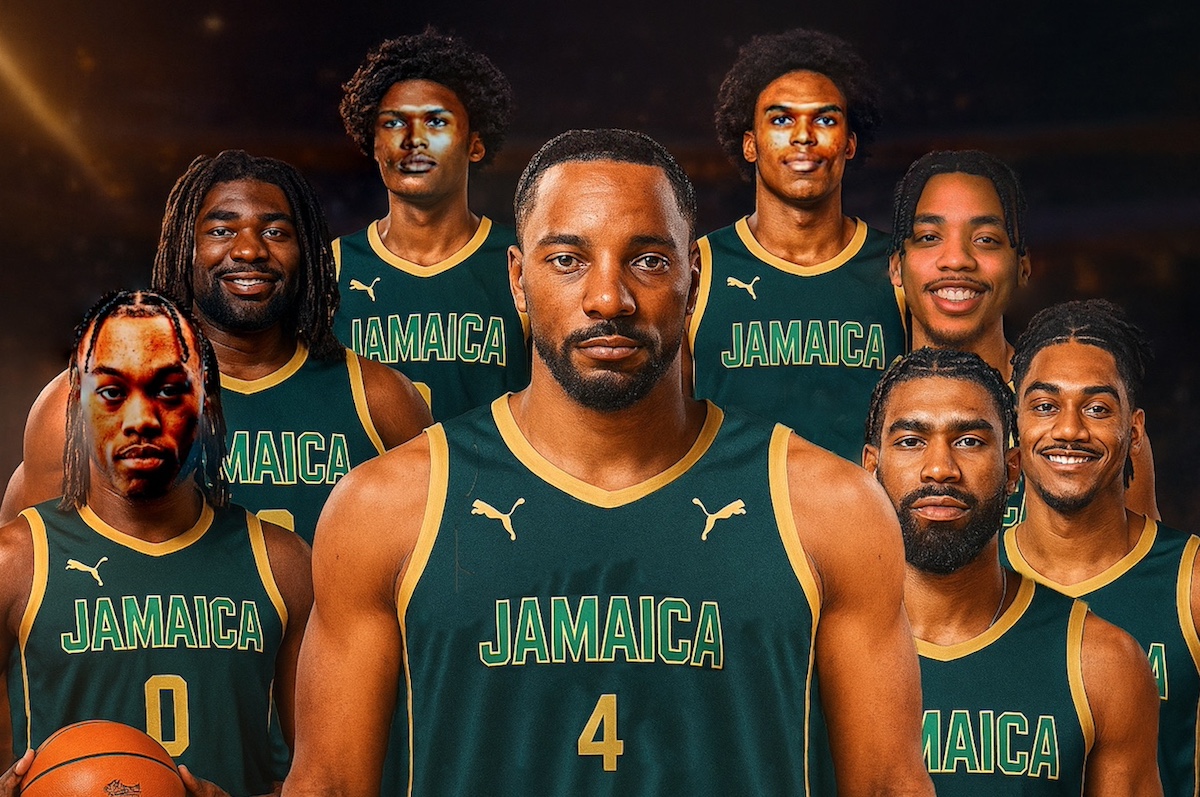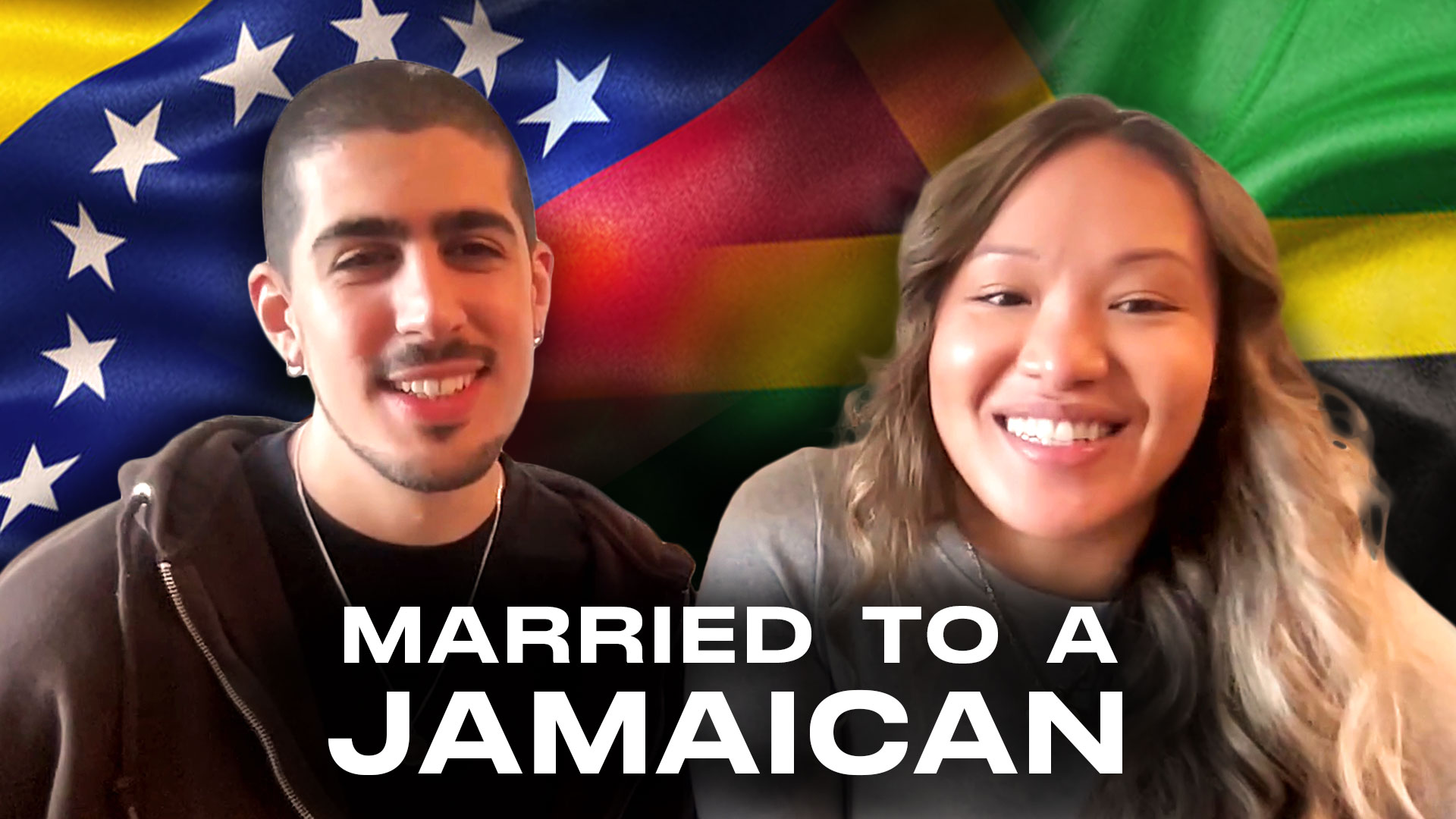If there’s one thing Jamaicans prize, it is mangoes. Doesn’t matter the variety, we consume them in vast quantities as long as they’re in season. Mangoes can be consumed in meals (curried when green), fruit salads, and drinks. Rare is the Jamaican who does not like mangoes, and the most loved varieties are listed below.
Hairy/Stringy/Common Mango – As the name suggests, this mango is found everywhere and is the one most of us know well. It has been bred with other varieties for some interesting flavours. Many of us have memories of eating these by the dozen during summer months when we were children. The down side, if any, to eating hairy mangoes is the time spent picking the fibres from ones teeth afterward. The skin is not flavourful, so is not usually consumed by die-heart fanatics.
Black/Blackie – This sweet treat is as widely known as and sometimes smaller than hairy mangoes, but is no less sweet. The skin is palatable (although sometimes prone to black spots) and every mango specialist can attest to eating every bit of flesh off a blackie. Since their skin is most often green, and sometimes yellowish, it’s challenging to work out how the black mango got its name.
Number Eleven – Although not for everybody, number eleven is very popular. It has a distinctive shape and flavour. The flesh is firm and the fruit remarkable for the tanginess close to the seed. Still, those who love this mango are known to ‘juice’ the mango until the seed is white.
East Indian – Although loved by most mango eaters, the East Indian is considered the ‘top a top’ in terms of class. As the name suggests, this strain was brought to the island by indentured labourers from India around 1845. Large, fleshy and sweet, a single East Indian can satisfy the staunchest mango lover’s appetite.
Julie Mango – The St. Julian or Julie, for short, is well-loved among Jamaicans for its rich flavour and great texture. It’s not very colourful, but runs from green to a reddish-orange tinge when ripe. The shape is distinctive – round, with a flattish side. It is best eaten when just shy of ripe as the flesh becomes runny or ‘blobsy’ when overripe. The Julie is among the juiciest mangoes.
Many varieties of mangoes exist in Jamaica and some are more plentiful in certain parishes. Mangoes are an undeniable part of our Jamaican culture. Grandmothers can tell tales of sitting over pans full of mangoes and eating until full to the gills. These days, with the advent of lifestyle diseases such as diabetes, some of us have been forced to put the brakes on the quantity of this heavenly fruit that we consume. There are other popular varieties that we love but we’ll leave you to add to the list, those we missed.
